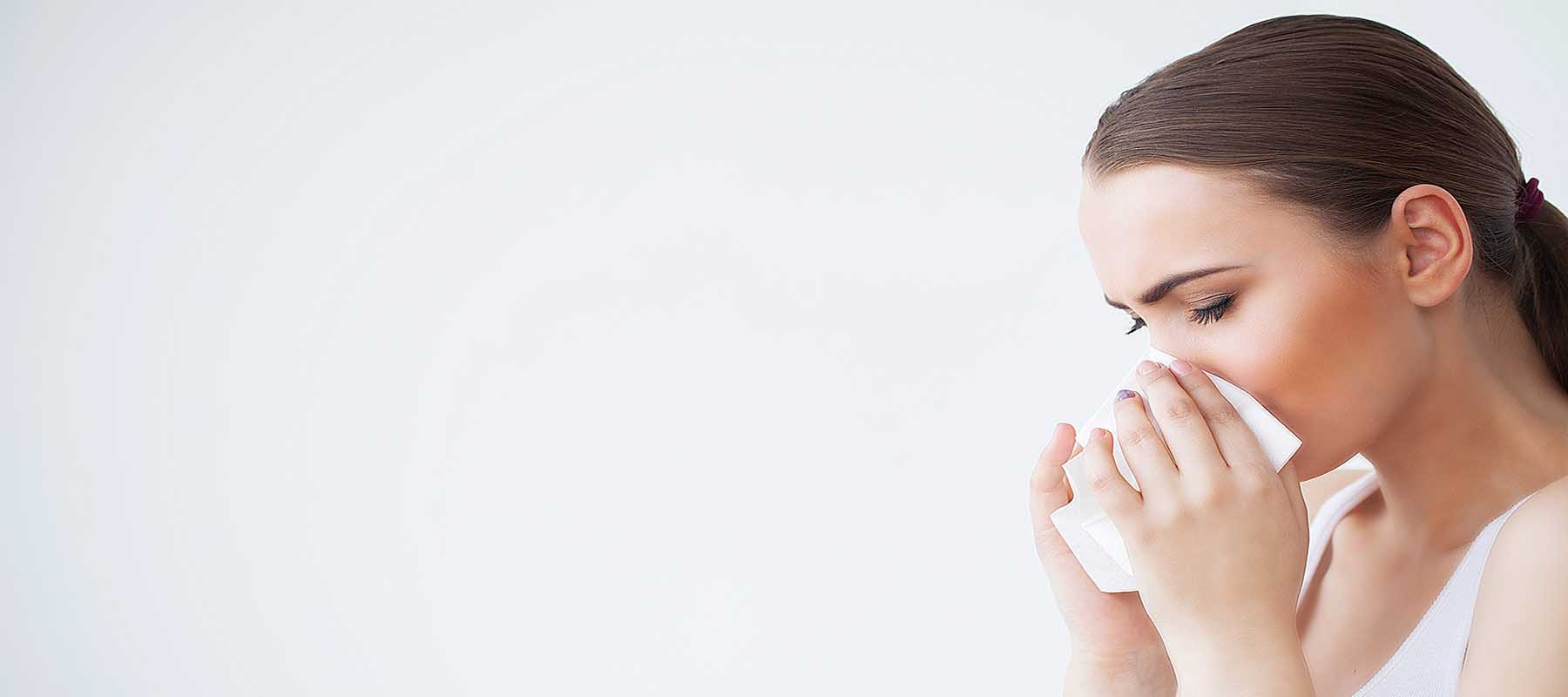For the most part, it has been a mild winter. So mild that back in early February some of the Washington, D.C. cherry trees made a premature effort at blooming! Yes, that was early and thankfully they didn’t do more than make a tentative start.
The current forecast is for full bloom on March 27, but I don’t think they will hold out until then. Why? Well, wildflowers are already blooming in the lower elevations of the Smoky Mountains.
All you have to do is take a quick look at the current pollen count map for the US and you can see that counts are already on the rise. That means it is time to think about products for seasonal allergies before allergy season is in full bloom
The pollen season starts with trees, then moves to grasses, and ends with ragweeds. If the trees in your area haven’t started producing pollen yet, they will be doing it soon.
We get lots of questions on how people can cope with their seasonal allergies when you can’t control their outside environment. It is true you can’t control what blows in the wind, but you can control what is in your yard.
For example, I have way too many palm trees in my yard. Palm pollen gives me fits. I am not about to remove all of my trees. But what I can do is remove the pollen-producing pods before they open (well actually I have either my husband or a tree trimmer do it!)
This is a great strategy for palm trees, but what about oaks and pines? They don’t actually produce pollen in the same way. Well, the good news for pine pollen is that it is so sappy and heavy it doesn’t get blown about much in the wind.
It does tend to fall straight down. So, avoid parking your car under pine trees to reduce the amount of pollen you catch.
If you need to wash down patio furniture (or your car!) because of the pine pollen that has been collected, be sure to wear a protective mask (like the Q-Mask) and gloves.
Because oak pollen is easily carried in the wind, it is much harder to avoid. However, if you have oak trees in your yard, you already know that pollen can coat everything. Use the same precautions as above for cleaning off pine pollen.
Knowing your local pollen counts is key. Many newspapers print counts on the same page as the weather map. You can also download a mobile application from Pollen.Com if you want pollen counts on the go.
If you must be outside on high pollen count days, take care not to spread the pollen in your house. So many people don’t realize that they collect pollen in their clothes and hair when they are outside on high pollen count days.
So, when you come inside, go straight to the bathroom and change clothes. It is better to change in a room with hard surfaces (like a bathroom) than in fiber surfaces (like a bedroom). That is because these hard surfaces are so much easier to clean.
Speaking of cleaning, make sure you wash your pollen-laden clothes with Alkaline Lab’s Allergen Wash. It will remove soil and take care of the proteins in the pollen. Regular detergent doesn’t work on those proteins.
Don’t let seasonal allergies stop you when there are allergy control products to help.
The Allergy Store
